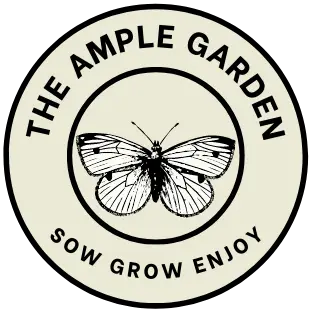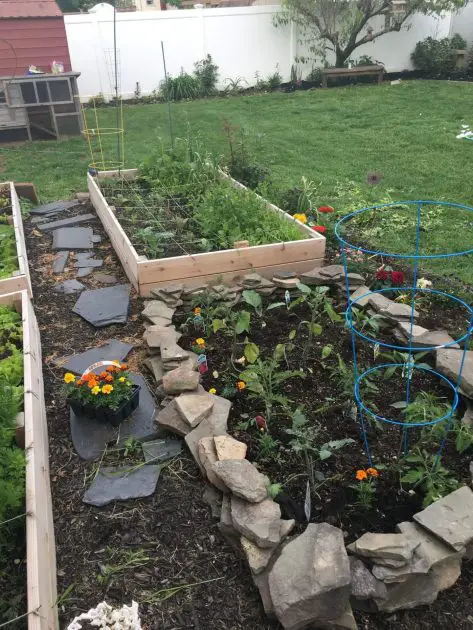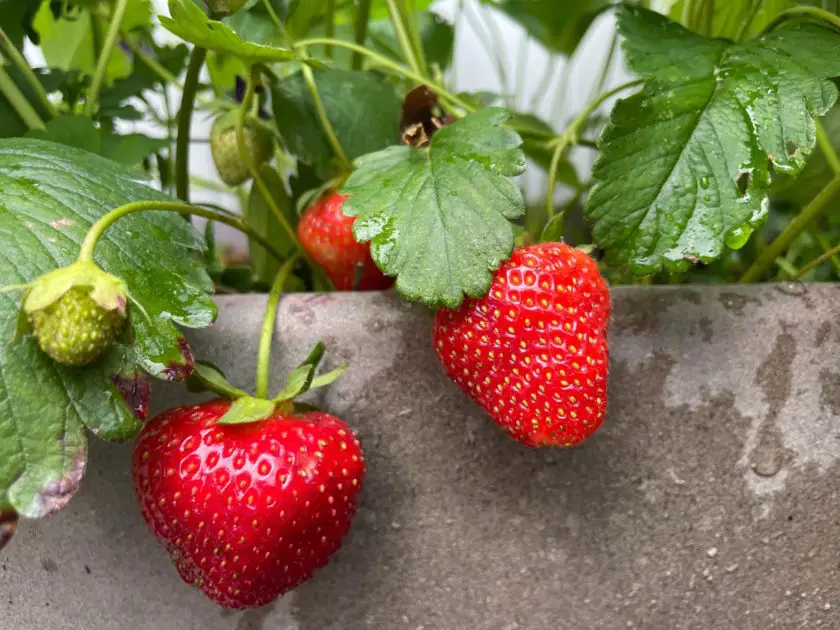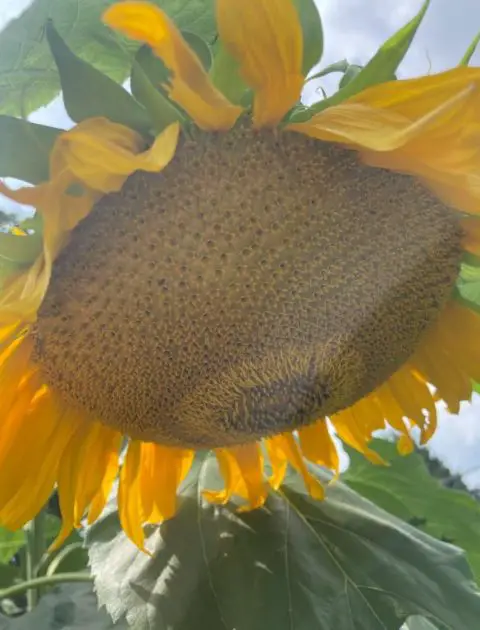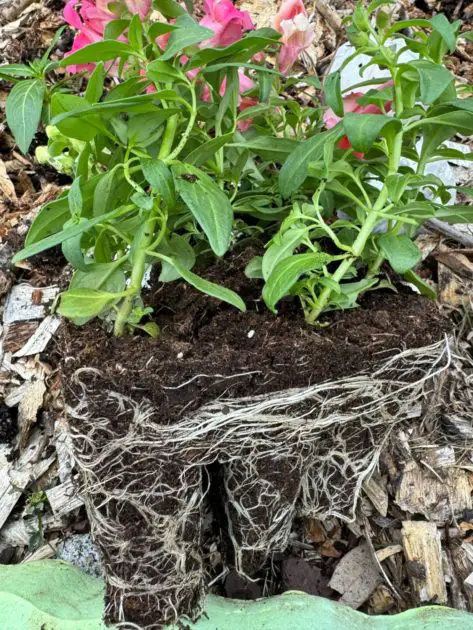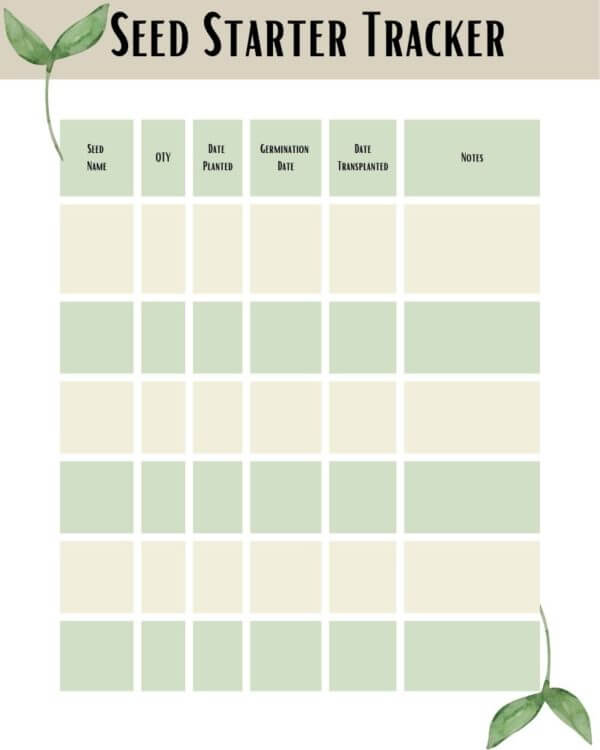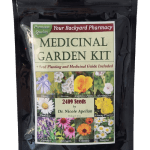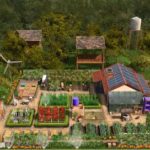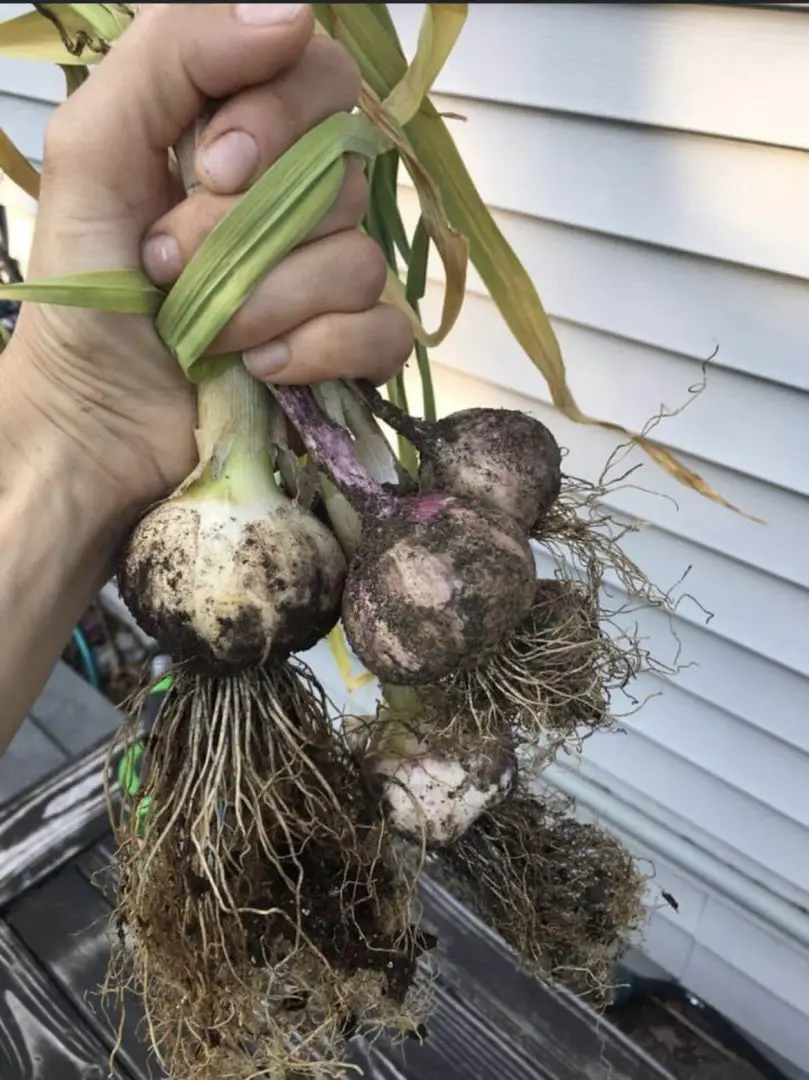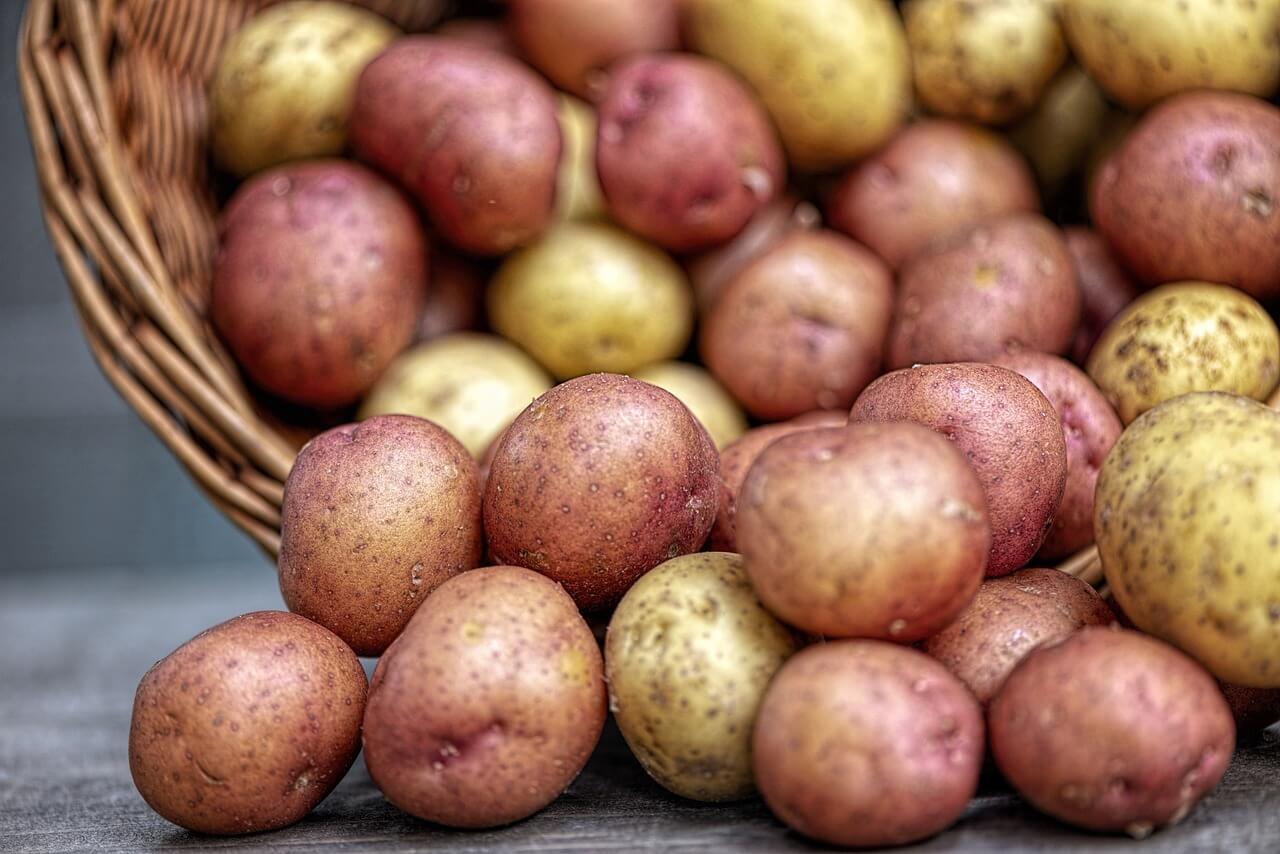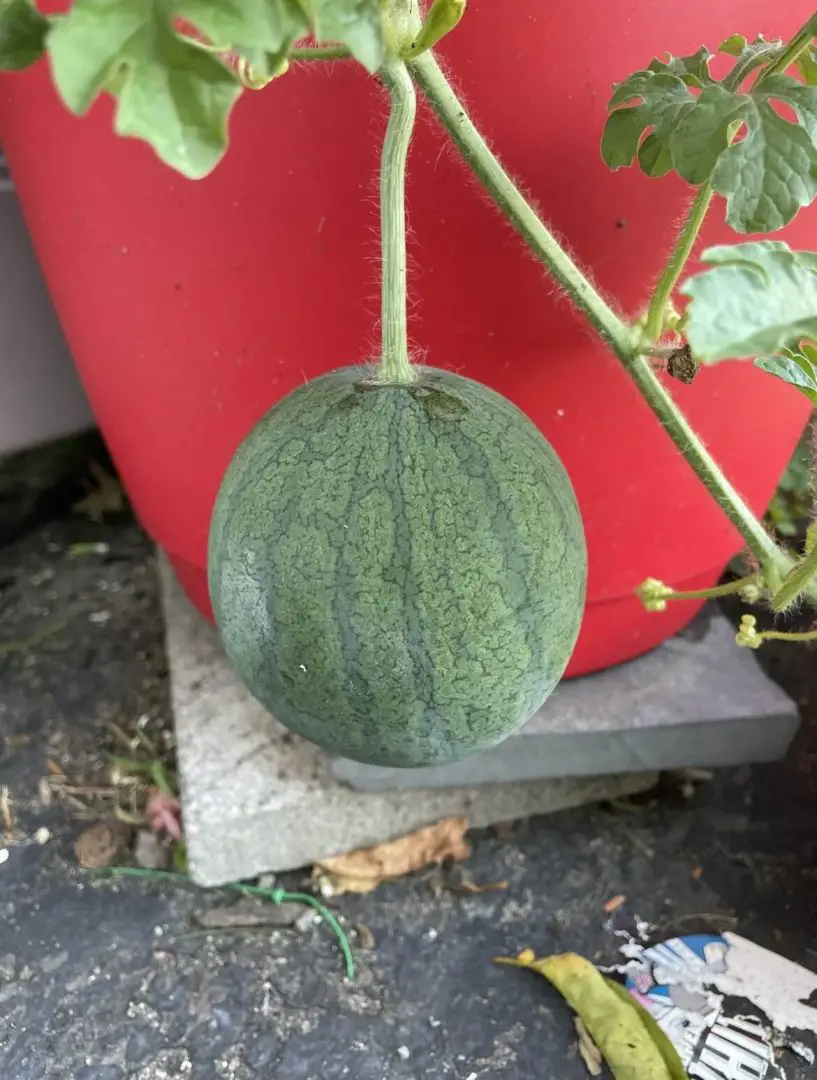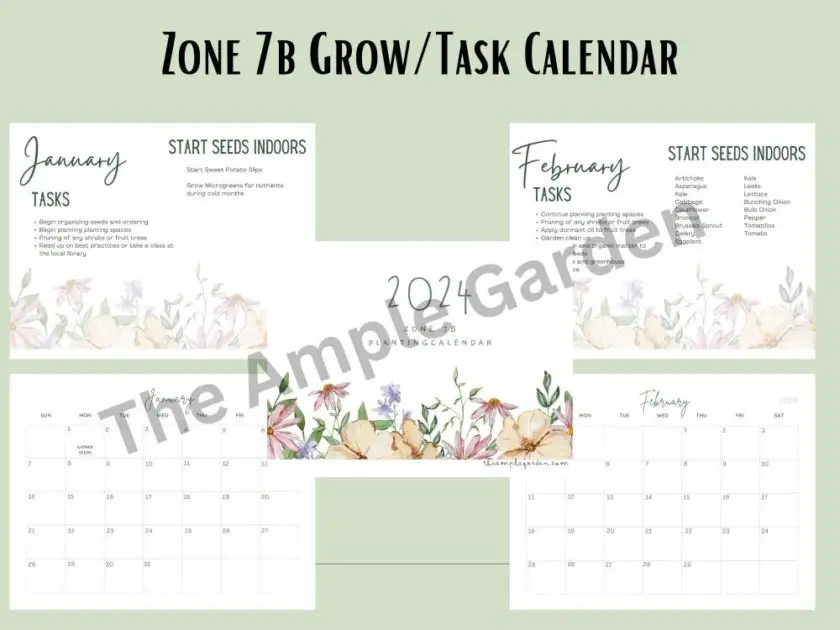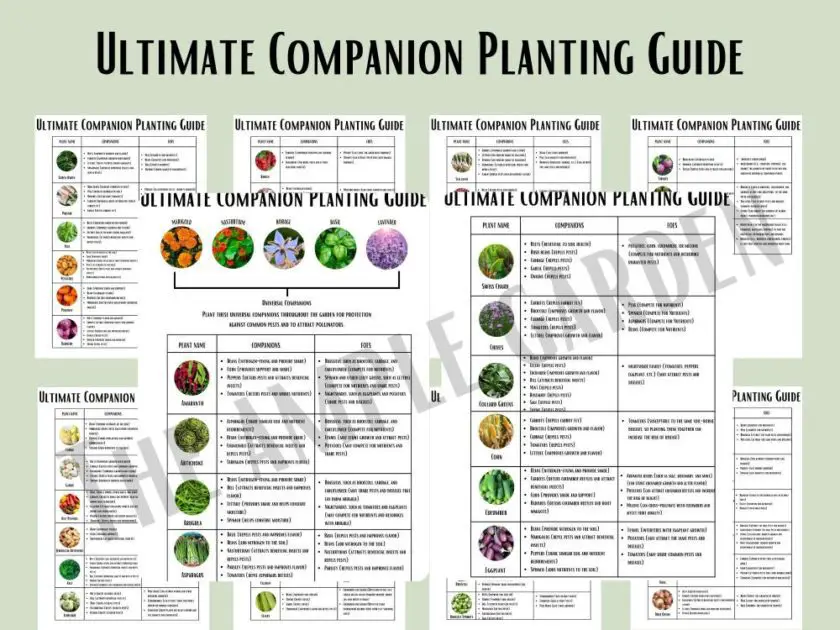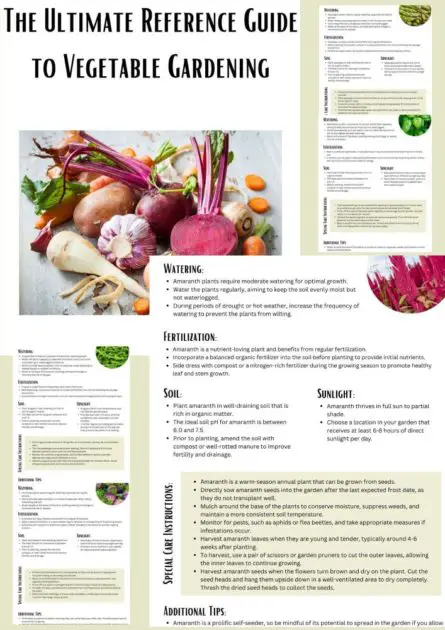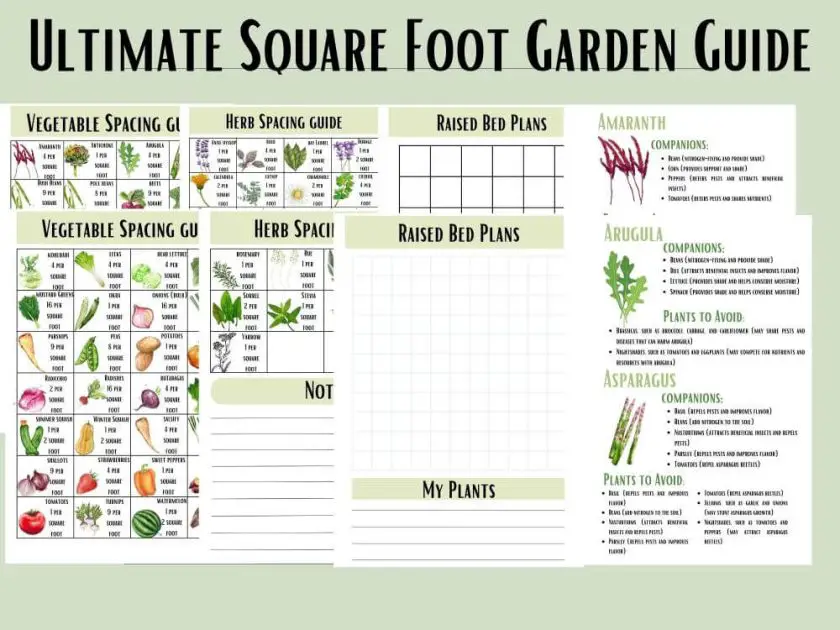Raised-bed gardening is like giving your plants their own tiny plots with the best soil, perfect drainage, and an easier way to control weeds. Imagine it as crafting a mini garden oasis for your vegetables, where they can thrive without the common struggles of traditional in-ground gardens. This method is especially great for beginners eager to sink their hands into the soil and grow their own food.
Why choose raised beds? For starters, it’s about more efficient water use, improved soil conditions, and higher yields packed into a smaller space. Whether you’re dealing with tough soil in your backyard or just want to organize your gardening space better, raised beds provide a neat solution. Plus, they’re kinder on your back!
At The Ample Garden, we’re all about making gardening accessible and enjoyable, especially for beginners. Imagine enjoying your morning coffee while strolling between lush rows of your very own vegetables, planted in raised beds that you designed and built. Sounds like a dream, right? We’re here to tell you it’s totally achievable.
So, let’s dive into raised-bed gardening together, exploring the benefits and guiding you through starting your first raised bed vegetable garden. It’s simpler than you think, and we’re here every step of the way.
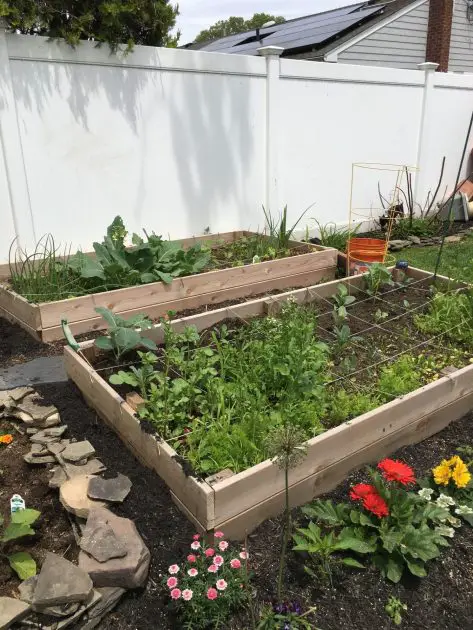 Pin
Pin Helpful Items for Raised Bed Gardening for Beginners
Choosing the Right Location
When diving into raised bed vegetable gardening for beginners, the location of your garden is like picking a new home for your plants. It’s a big deal. Here’s why:
Sunlight
Plants are like us; they need their daily dose of sunshine to thrive. Aim for a spot that gets at least 6-8 hours of direct sunlight every day. This is especially crucial for sun-loving veggies like tomatoes and peppers. If your yard has limited sun, don’t worry. Leafy greens and some herbs can be managed with a bit less.
Drainage
Waterlogged soil is a big no-no for healthy plant roots. Choose a location where water doesn’t stand still after a rain. If your heart is set on a spot that’s not naturally well-drained, don’t fret. Raised beds inherently improve drainage because they’re above ground. But, ensuring the underlying area isn’t prone to pooling will give your garden an extra edge.
Accessibility
Imagine needing to carry water long distances or having to trek far just to pluck some fresh herbs. Not fun, right? Pick a spot easily accessible from your house. It makes regular care like watering, weeding, and harvesting less of a chore and more of the joy it should be.
The perfect spot is a balance of these three factors. Sometimes, you might have to compromise one for the others, but that’s okay. Raised bed gardening is all about making gardening work for you, not the other way around. As you choose your location, envision your garden in different seasons. Will that tree shade your garden in fall? Is there a spot that becomes particularly windy? Little observations can make a big difference in your garden’s success.
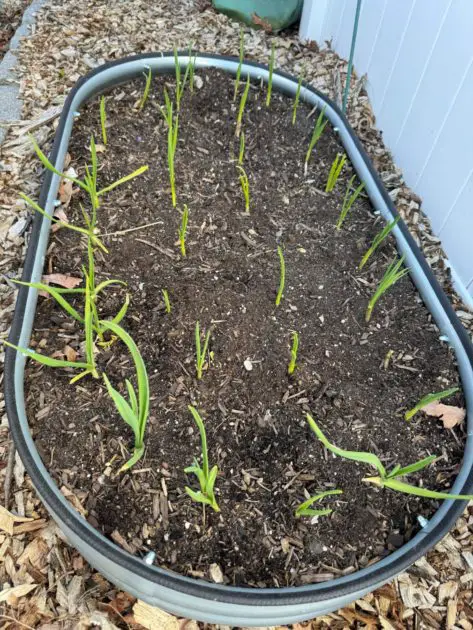 Pin
Pin Selecting Materials for Your Raised Bed
When you’re diving into raised bed vegetable gardening for beginners, choosing the right materials for your garden beds is a crucial step. You want materials that are durable, safe for growing food, and fit within your budget. Let’s explore some options that have been successful for gardeners.
Scrap Wood
Scrap wood is a fantastic choice if you’re looking to save money or upcycle materials you already have. It’s important to choose untreated wood to avoid any chemicals leaching into your soil. Cedar and pine are common choices; cedar is more durable but pricier, while pine is more affordable but may not last as long. The goal is to create a safe environment for your vegetables to thrive.
Prefabricated Metal Beds
Prefabricated metal beds can make for a stylish and sturdy raised bed. It’s especially convenient and affordable. This option adds a modern twist to your garden and is relatively easy to assemble. Just make sure the edges are smooth to avoid any gardening mishaps.
Rough Cut Lumber
For a rustic look, consider rough cut lumber. It’s often cheaper than processed wood and can give your garden a charming, natural aesthetic. Check local sawmills or lumber yards for deals. This type of lumber can stand up well to the elements, especially if it’s locally sourced and accustomed to your climate.
Repurposed Stock Tanks
Repurposing old stock tanks is a creative and efficient way to start a raised bed garden. These tanks are durable, deep, and can often be found for cheap or even free. They provide ample space for roots to grow and can be an excellent choice for deeper-rooted plants. Plus, they add an industrial chic look to your garden.
Remember: The materials you choose for your raised bed will influence not just the look of your garden but its productivity and sustainability. Opt for materials that are safe for growing food, fit your budget, and match the aesthetic you desire for your garden space.
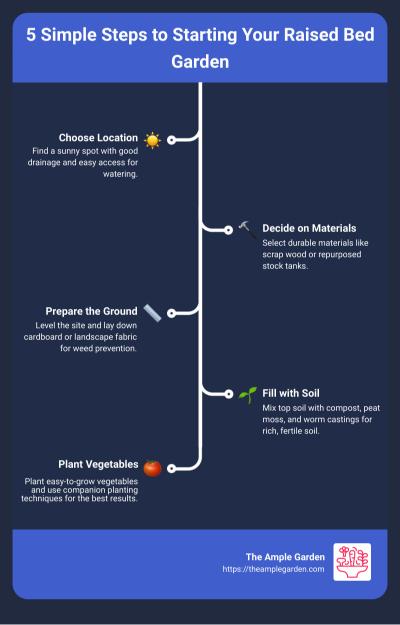 Pin
Pin Preparing the Ground
Before you dive into the exciting world of raised bed vegetable gardening for beginners, it’s crucial to prepare the ground beneath your future garden. This step is often overlooked, but it can make a big difference in the success of your garden. Let’s break down the essentials: Leveling, Weed Prevention, Cardboard, and Landscape Fabric.
Leveling
First things first, you want a flat surface. A level ground ensures that water distributes evenly across your garden, preventing pooling and potential root rot in some areas while leaving others too dry. To level the ground:
- Clear the area of rocks, sticks, and debris.
- Use a shovel to skim off any high spots.
- Fill in low spots with soil until you have a relatively flat surface.
- For precision, use a spirit level or a board with a level on top to check your work.
Weed Prevention
Weeds are not just a nuisance; they compete with your vegetables for nutrients, water, and sunlight. To give your garden a clean slate:
Cardboard: A layer of cardboard is a simple, yet effective, organic method to suppress weeds. It’s biodegradable and eventually breaks down, enriching the soil. Lay flat sheets of cardboard directly on the ground where your raised bed will sit, overlapping the edges to prevent weeds from finding their way through.
Landscape Fabric: For an extra layer of protection, consider using landscape fabric over the cardboard. This barrier is designed to block weeds while allowing water and air to penetrate, ensuring your plants’ roots receive the essentials. Cut it to size and secure it with garden staples.
Applying Cardboard and Landscape Fabric
- After leveling, lay cardboard across the entire area of your raised bed, ensuring pieces overlap by at least 6 inches.
- If using landscape fabric, roll it out over the cardboard. Cut to fit and secure the edges with staples or rocks.
- Wet the cardboard thoroughly. This step helps to kickstart the decomposition process and makes it easier for roots to penetrate if needed.
By following these steps, you’re not just preparing the ground; you’re setting up a weed-resistant, nutrient-rich foundation for your raised bed vegetable garden. This groundwork ensures your garden has the best possible start, leading directly to the next crucial steps: selecting the best soil and deciding what to plant. With the ground well-prepared, your garden is already on its way to yielding delicious and healthy vegetables.
Next, we’ll dive into the best soil for raised garden beds, ensuring your plants have the perfect environment to thrive.
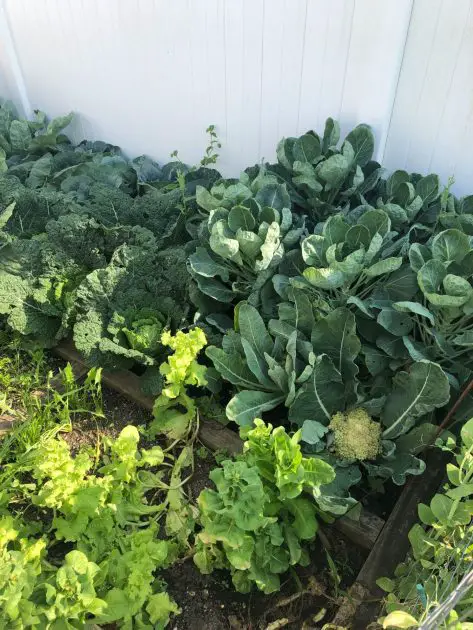 Pin
Pin The Best Soil for Raised Garden Beds
Soil Composition
The right soil mix is like a good home for your plants. It needs to have the right balance of nutrients, air, and water. For raised bed vegetable gardening for beginners, getting this mix right is a big step towards a successful garden.
Top Soil
Top soil is the general term for the top layer of soil where most plants grow. But, not all top soil is created equal. Ideal top soil for raised beds is called “sandy loam.” It’s a mix that drains well but still holds moisture and nutrients. If your top soil isn’t sandy loam, don’t worry. You can improve it.
Compost
Compost is decayed organic material and it’s like a superfood for your plants. It adds essential nutrients back into the soil. You don’t need a lot to make a big difference. A mix of half top soil and half compost is a great start for most raised bed gardens. To learn how to create your own compost, check out our post here.
Peat Moss
Peat moss helps to lighten the soil mix, making it fluffy. This is good because it helps roots to grow easily and improves water retention. If you’re mixing your own soil, adding a bit of peat moss can help, especially if your top soil is heavy or clay-like.
Worm Castings
Worm castings are another type of superfood for your plants. They’re essentially worm poop, but they’re rich in nutrients and beneficial microbes. Adding worm castings to your soil mix can boost plant growth and health.
Mixing Your Soil
A good rule of thumb for a basic mix is:
- 50-60% topsoil
- 40-50% compost
- A small amount of peat moss and worm castings
The goal is to create a soil that’s nutrient-rich, retains moisture but drains well, and is easy for roots to grow through.
As you get more experienced, you can tweak this mix based on the needs of specific plants or to address issues like drainage or nutrient deficiencies.
By focusing on getting the soil right, you’re setting the stage for a healthy and productive raised bed vegetable garden. With this foundation, you’re ready to move on to the exciting part: choosing what to plant.
What to Plant in Your Raised Bed Vegetable Garden
Easy Vegetables: Starting your raised bed vegetable gardening journey can be both exciting and a bit daunting. To ease into it, consider beginning with vegetables known for their ease of growing and quick rewards. Lettuce, radishes, and green beans are perfect starters. These not only grow quickly but also require minimal maintenance, making them ideal for beginners.
Seasonal Planning: Understanding the seasons is crucial in maximizing the yield of your raised bed. Divide your gardening year into three parts: spring, summer, and fall. In spring, focus on cold-tolerant greens like spinach and kale. As summer approaches, switch to heat-loving veggies such as tomatoes and peppers. Come fall, it’s time for cool-season crops again, like broccoli and carrots. This cycle ensures a continuous supply of fresh produce.
Companion Planting: This is a method where different crops are planted together for mutual benefits, such as pest control or enhanced growth. For example, planting basil near tomatoes is believed to improve their flavor and repel pests. Similarly, marigolds can deter garden pests and are a beautiful addition to any vegetable garden.
Regional Considerations: Not all vegetables thrive in every climate, so it’s important to choose plants that are well-suited to your area. Check your USDA Hardiness Zone and consult local gardening groups or extension services for advice on what grows best in your region. Local knowledge is invaluable when it comes to gardening.
The key to a successful raised bed vegetable garden is to start small, choose easy-to-grow vegetables, and gradually expand your garden as you gain more experience and confidence.
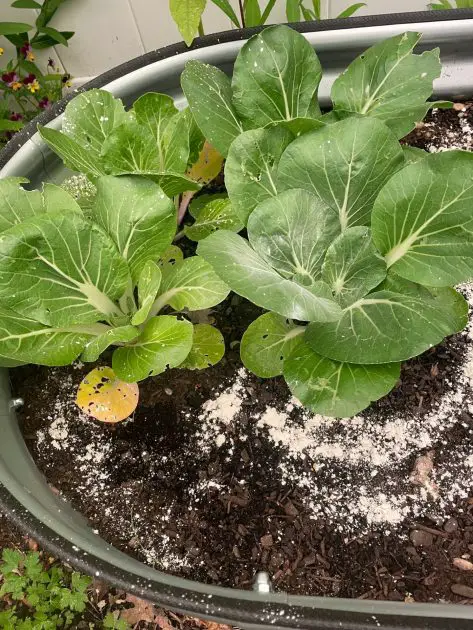 Pin
Pin Maintaining Your Raised Bed Garden
After setting up your raised bed and planting your first vegetables, the journey to a bountiful harvest is just beginning. Proper maintenance is key to your garden’s success.
Watering
Water is life for your garden, but how much and how often can be a bit tricky. Here are some simple tips:
- Check the soil moisture. Before watering, stick your finger about an inch into the soil. If it feels dry, it’s time to water.
- Water deeply but less frequently. This encourages roots to grow deeper, making plants more drought-resistant.
- Morning is the best time to water. It gives plants time to absorb water before the heat of the day.
Mulching
Mulch is a gardener’s best friend for several reasons:
- It retains soil moisture, reducing the need for frequent watering.
- It suppresses weeds, saving you time and effort.
- It keeps soil temperature stable, protecting roots from extreme heat or cold.
Apply a 2-3 inch layer of organic mulch, like straw or wood chips, around your plants. Be careful not to pile it too close to the stems to avoid rot.
Crop Rotation
- Rotating crops each year is crucial for preventing soil-borne diseases and nutrient depletion. Here’s how to do it:
- Plan your rotation. Avoid planting the same family of vegetables (like tomatoes and peppers) in the same spot for at least three years.
- Keep a garden journal. Note what you planted where each year to help plan future rotations.
This practice keeps the soil healthy and reduces the risk of diseases.
Pest Control
Pests can be a challenge, but with vigilance and natural methods, you can keep them at bay:
- Inspect your plants regularly for signs of pests and take action immediately.
- Use barriers and traps. Floating row covers can protect your plants from many pests, and traps can catch others.
- Encourage beneficial insects by planting flowers that attract them. They’ll help control pest populations naturally.
Remember, the key to a successful raised bed vegetable garden is consistent care. By watering wisely, mulching, rotating your crops, and managing pests organically, you’ll create a thriving garden that provides fresh, homegrown vegetables throughout the season. Keep learning, stay patient, and enjoy the fruits (and vegetables) of your labor.
Frequently Asked Questions about Raised Bed Vegetable Gardening for Beginners
Raised bed vegetable gardening for beginners can bring up a lot of questions. Let’s tackle some of the most common ones to help you get started on the right foot.
What vegetables are good to grow in a raised bed?
What do you put in the bottom of a raised vegetable bed?
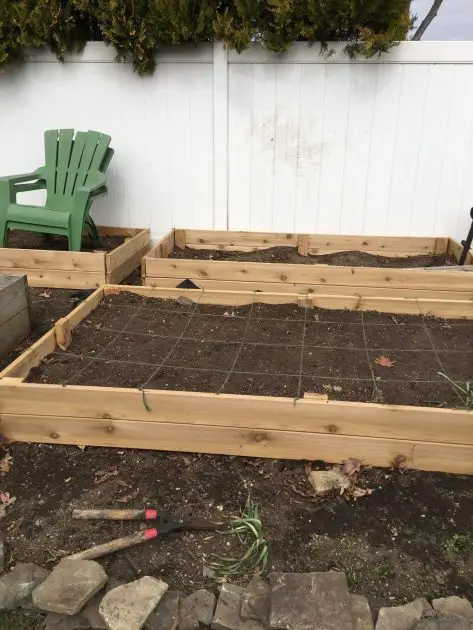 Pin
Pin Conclusion
Congratulations on taking the first steps into raised bed vegetable gardening for beginners! By now, you have a good grasp of the basics and are well on your way to cultivating a thriving vegetable garden. At The Ample Garden, we’re committed to supporting your gardening journey from the ground up—literally.
Local Focus on Long Island
For our friends on Long Island, we’ve tailored our advice to suit your unique growing conditions. Long Island’s moderate climate and fertile soil make it an ideal place for vegetable gardening. From the juiciest tomatoes to the crunchiest cucumbers, your garden can become a source of local pride and joy. The key to a bountiful garden is understanding your local climate and soil—two factors that significantly influence your gardening success.
In conclusion, raised bed vegetable gardening is not just about growing food; it’s about growing connections—to the earth, to our community, and to ourselves.
Whether you’re on Long Island or elsewhere, the principles of patience, care, and persistence apply. As you embark on this rewarding journey, The Ample Garden is here to guide you every step of the way. Happy gardening, and may your raised beds be ever bountiful!
